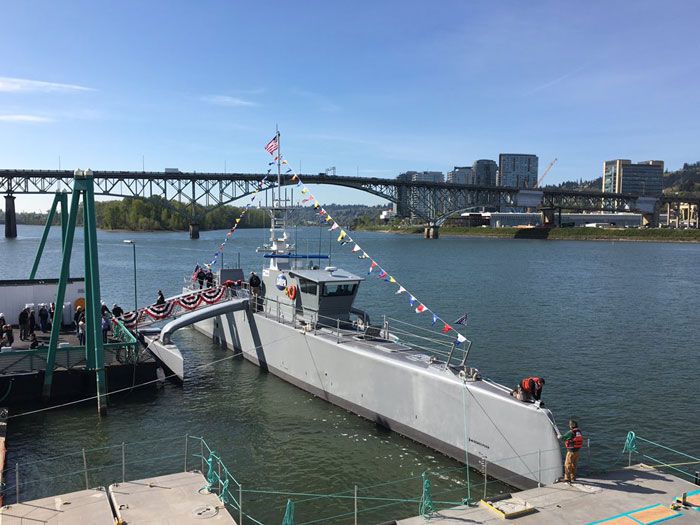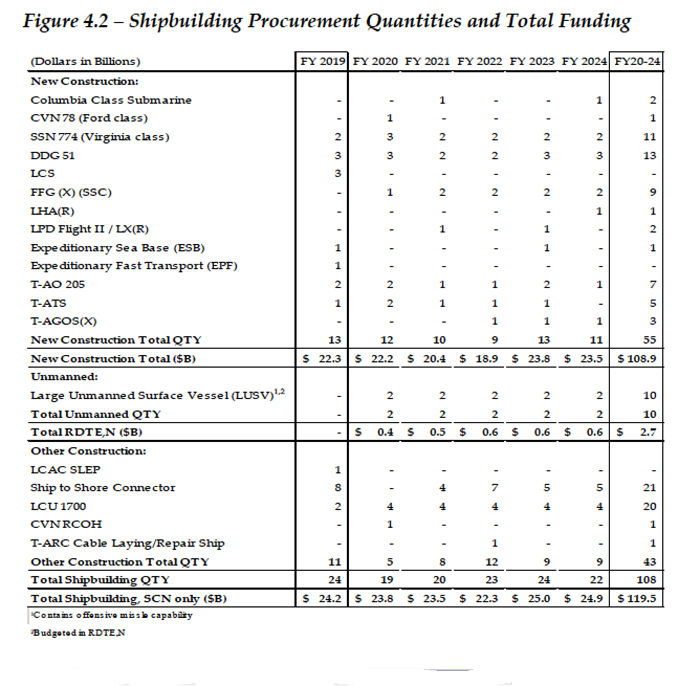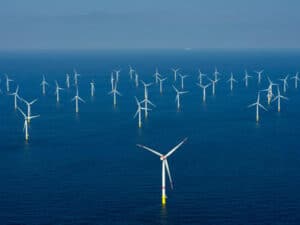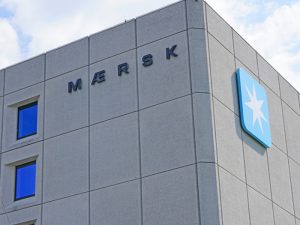
Navy shipbuilding budget request includes large unmanned surface vessels
Written by Nick Blenkey
ONR's Unmanned Surface Ship Sea Hunter this year set a record: An autonomous round trip from San Diego to Hawaii
The Navy’s Fiscal Year 2020 budget request of $205.6 billion is an increase of $9.5 billion (4.6%) from the FY19 enacted budget,
According to the Navy’s Budget Highlights book, ship depot maintenance funding increases by 6.8 percent over FY 2019. According to the Navy, “this level of funding grows the public and private shipyards to beyond the current effective capacities and builds the workforce and sustains the industrial base.”
Ship operations funding increases by 5.9 percent over FY 2019, “providing consumables, repair parts, administration, and ship operation training costs.”
At $23.7 billion, the FY2020 budget request for “Shipbuilding and Conversion, Navy” is lower than the $24.15 actually enacted in FY2019.
Still, the Budget Highlights book says, “the Department continues to support a strong shipbuilding program, which is fundamental to the Navy and the nation and provides the capable capacity needed for the future fight.”
Ship construction includes 55 battle force ships and ten large unmanned surface vessels across the FYDP. The 12 battle force ships funded in FY 2020 include the CVN 81 Ford class carrier, three Virginia class submarines, three Arleigh Burke-class destroyers, two John Lewis-class fleet oilers, one FFG(X) guided missile frigate, and two towing, salvage and rescue ships. There are also two large unmanned surface vessels in FY 2020.”
The surprise, here, may be the inclusion of those large unmanned surface ships, which we’ll look at in a little more detail later.

The budget provides for a deployable battle force of 301 ships in FY2020. This supports 11 aircraft carriers and 33 amphibious ships that, says the Navy “serve as the foundation upon which our carrier and amphibious ready groups are based”.
In FY2020, 10 battle force ships will be delivered: Four Destroyers, three Nuclear Attack Submarines (SSN), two Littoral Combat Ships, and one Expeditionary Fast Transport. Five battle force ships will be retired: two SSNs and three Mine Warfare ships.
Ship procurement funds 12 new-construction battle force ships in FY20 (one CVN, three SSN, three DDG, one FFG, two T-AO, and two T-ATS), as well as two Large Unmanned Surface Vessels (USVs); and 55 battle force ships/10 Large USVs across the Future Years Defense
UNMANNED SURFACE SHIPS
The appearance of the Unmanned Surface Ships in the mix is an indication that military development of autonomous ships is coming much more rapidly than that of the more talked about commercial autonomous vessels.
The Navy already has one Medium Displacement Unmanned Surface Vessel (MDUSV): The Office of Naval Research (ONR)’s Medium Displacement Unmanned Surface Vessel (MDUSV), Sea Hunter. Designed by Leidos and delivered by shipbuilder Vigor in 2016, the 132 ft trimaran this January year became the first ship to successfully autonomously navigate from San Diego to Pearl Harbor, Hawaii, and back without a single crew member onboard, except very short duration boardings by personnel from an escort vessel to check electrical and propulsion systems. his recent achievement is part of an extended test phase, which has been ongoing since the end of 2016.
“The Sea Hunter program is leading the world in unmanned, fully autonomous naval ship design and production,” said Gerry Fasano, Leidos Defense Group President. “The recent long-range mission is the first of its kind and demonstrates to the U.S. Navy that autonomy technology is ready to move from the developmental and experimental stages to advanced mission testing.”
Leidos says it has been awarded a potential $43.5 million contract to develop Sea Hunter II, which is currently under construction in Mississippi.
Download the Budget Highlights HERE




